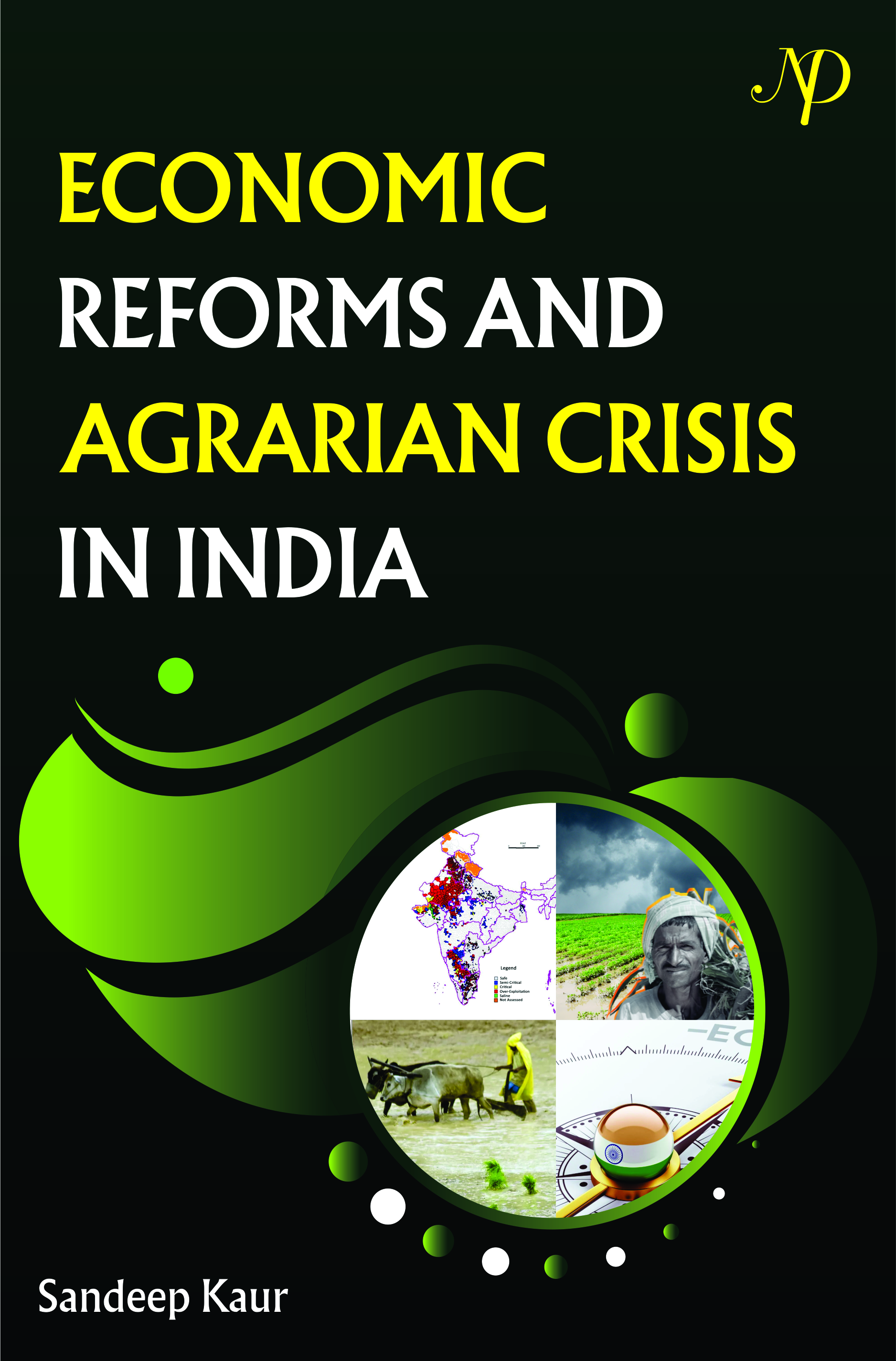Economic Reforms and Agrarian Crisis in India
Sale!
Economic Reforms and Agrarian Crisis in India
ISBN NO:9789348120540 PAGES :208 PAPER TYPE: HardboundAuthor(s) / Editor(s):
Dr. Sandeep Kaur


India’s agricultural sector, despite being the largest source of livelihood for the majority of its population, has been grappling with a persistent and deepening agrarian crisis. This crisis is not merely the result of recent policy missteps but is deeply rooted in historical inequities, structural inefficiencies, and a policy framework that has often prioritized economic liberalization over agrarian welfare. The growing discontent among farmers, rising input costs, stagnating incomes, rural indebtedness, and waves of farmer suicides are stark reminders that something is fundamentally broken in the way agriculture is practiced and governed in India.This book emerges from an urgent need to understand and critically examine the factors that have led to the contemporary agrarian distress in India. It provides a rigorous analysis of the socio-economic, policy-driven, and global factors that have shaped the trajectory of Indian agriculture since independence, with a particular focus on the period following the economic reforms of 1991. These reforms, while aimed at enhancing the overall efficiency and global integration of the Indian economy, had unintended consequences for the rural agricultural sector—many of which were detrimental to small and marginal farmers.